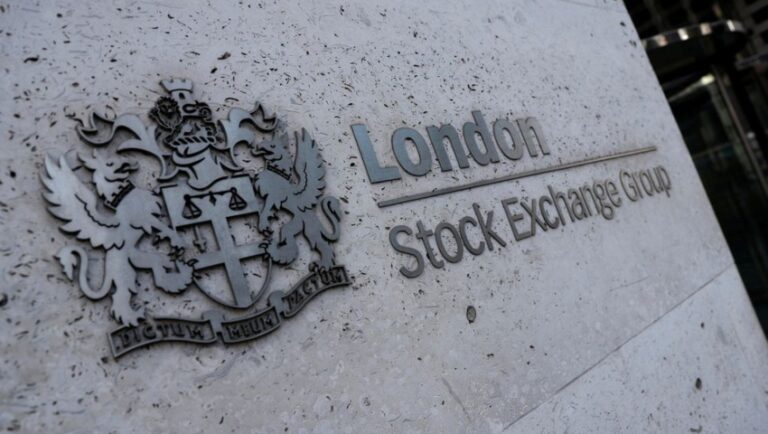The Minimum Wage in the United Kingdom 2023
The Minimum Wage in the United Kingdom – Learn about the history of the UK minimum wage, how it works today, and its impacts on workers, business, and the economy. Discover the debate around how fast it should rise and the future outlook for the UK’s minimum wage.
The idea of a legal wage floor had been debated in the UK since the late 19th century, but it took the election of a Labour government in 1997 to make it a reality. The National Minimum Wage Act received Royal Assent in July 1998 and the first minimum wage rates came into effect on 1 April 1999.

A Brief History of the Minimum Wage
The initial rate was set at £3.60 per hour for adults aged 22 and over. Lower rates applied for younger workers – £3.00 for 18-21 year olds and £3.20 for those under 18. The UK was one of the last countries in Western Europe to introduce a minimum wage.
The Low Pay Commission (LPC), an independent body made up of employer, union and academic representatives, was set up to advise the government on where to set the rates. The LPC still performs this role today.
How the Minimum Wage Works
The National Minimum Wage (NMW) sets a wage floor that applies to all eligible workers. There are currently 4 main rates:
- The National Living Wage (NLW) – for workers aged 23 and over
- 21-22 Year Old Rate
- 18-20 Year Old Rate
- 16-17 Year Old Rate
The different rates reflect the lesser experience and productivity of younger workers. There is also a separate rate for apprentices in the first year of their apprenticeship.
The rates are reviewed every April, based on recommendations made by the LPC the previous Autumn. They have increased substantially over the past 20 years. For example, the adult rate has risen from £3.60 in 1999 to £9.50 today – a 164% increase.
The NLW is effectively a higher minimum wage for workers aged 23 and over. Introduced in 2016, the government set a target for it to reach 60% of median earnings by 2020. Further targets have since raised this ambition – the NLW is set to reach 66% of median earnings by 2024.

Current Minimum Wage Rates in the UK
The minimum wage rates are reviewed annually by the Low Pay Commission and any changes come into effect on April 1st each year.
Here are the current minimum wage rates as of April 2023:
| Age Group | Hourly Rate |
|---|---|
| 23 and over (NLW) | £10.42 |
| 21-22 | £10.18 |
| 18-20 | £7.49 |
| Under 18 | £5.28 |
| Apprentice | £5.28 |







